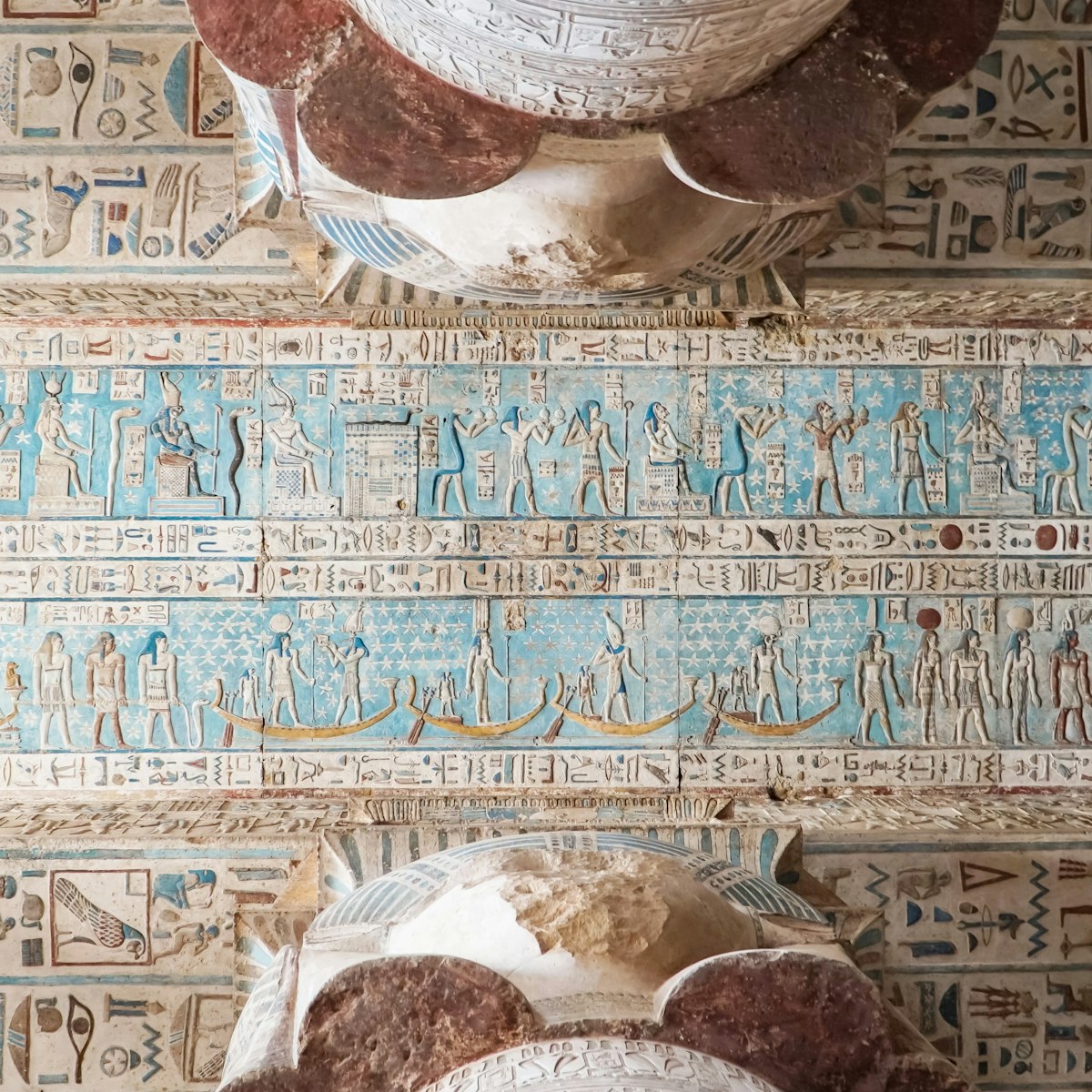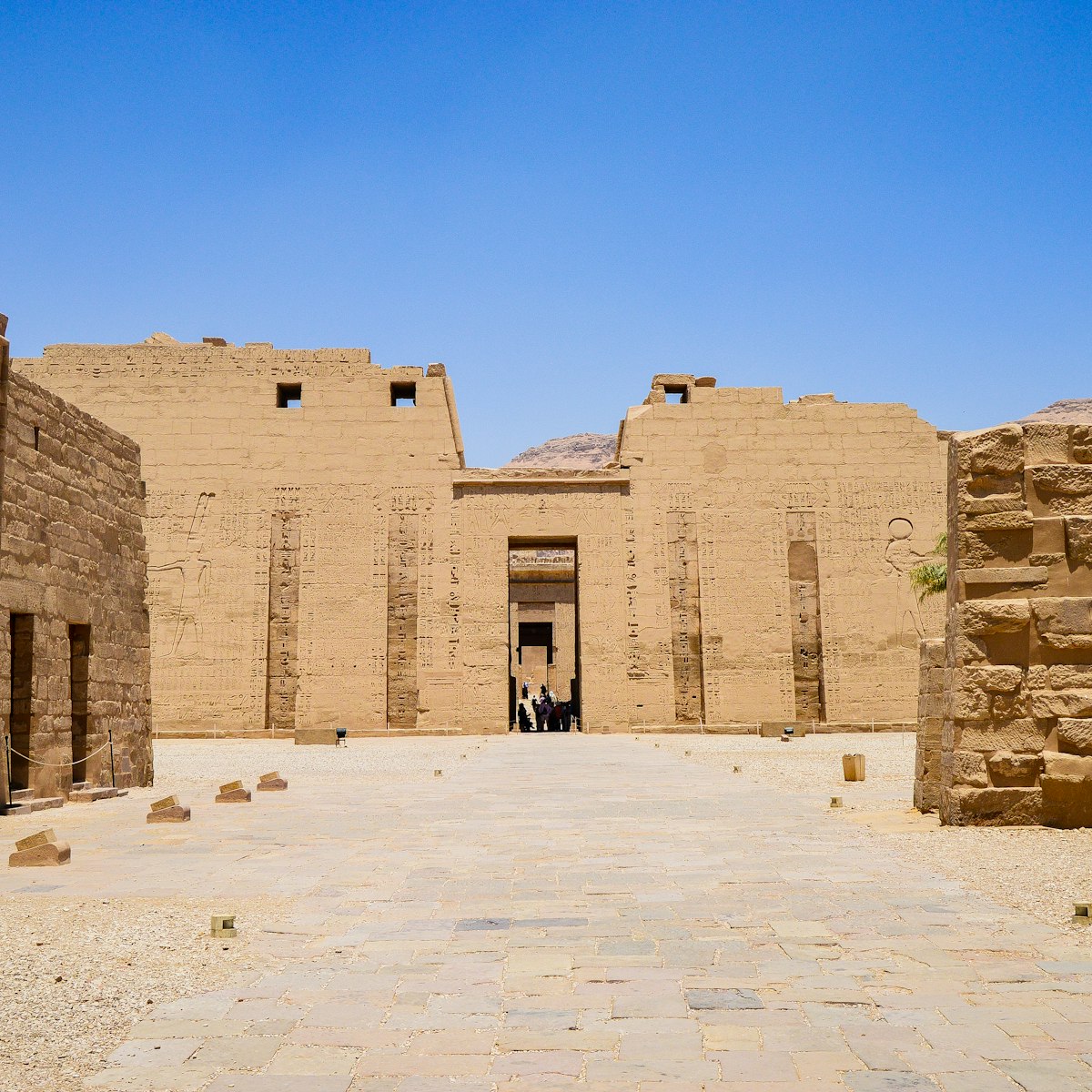One of the great achievements of Egyptian art, this cathedral-like tomb is the finest in the Valley of the Kings. Long closed to visitors, it is now reopened and if you can afford the ticket, it is money well spent. The 137m-long tomb was completely decorated and beautifully preserved when Giovanni Belzoni opened it in 1817, and although it has suffered since, it still offers an eye-popping experience – art from Seti's reign is among the finest in Egypt.
Seti I, who succeeded Ramses I and was father of Ramses II, ruled some 70 years after the death of Tutankhamun. After the chaos of the Akhenaten years at Tell Al Amarna, Seti I's reign was a golden age that saw a revival of Old Kingdom-style art, best seen at his temple in Abydos and here in his tomb. The tomb suffered after Belzoni made copies of the decoration by laying wet papers over the raised reliefs and lifting off some of the colour. Subsequent visitors did more damage, with Champollion, the man who deciphered hieroglyphs, even cutting out some of the wall decoration. The tomb was reopened in 2016 and its walls are filled with fabulous images from many ancient texts, including the Litany of Ra, Book of the Dead, Book of Gates, Book of the Heavenly Cow and many others. The sarcophagus, one of the finest carved in Egypt and taken by Belzoni, now sits in the Sir John Soane's Museum, London, while two of its painted reliefs showing Seti with Hathor are now in the Louvre in Paris and Florence’s Archaeological Museum.







